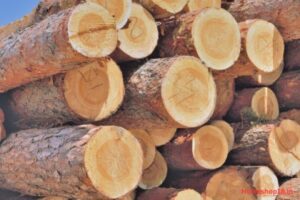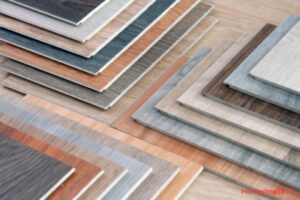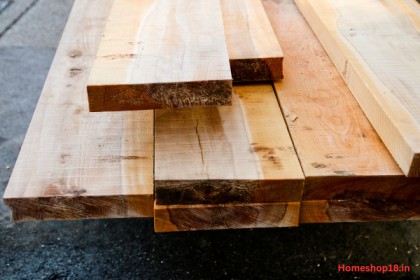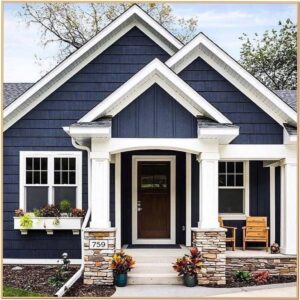Which Wood Is Best for Beds in 2025? (Complete Comparison with Real Experiences)
Which Wood is best for bed in 2025 Choosing the right wood for your bed in 2025 can be confusing — there are so many types like rosewood, walnut, engineered wood, red pine, bamboo, oak, and more.
Each type has its own texture, strength, and natural look. Here’s a simple guide with real experiences and comparisons to help you choose the best wood for your bedroom furniture.
1. Rosewood (Hua Li Mu)
Overview:
Rosewood, also called Hua Li Mu, is a high-quality and government-protected wood. It has a rich reddish color, beautiful textures, and a unique sandalwood aroma. Its heartwood glows faintly under water and is known for natural insect prevention.
Real Customer Experiences:
- “My rosewood bed has a natural fragrance that keeps insects away — no need for extra pest spray.”
- “The grain pattern looks like artwork, but it’s very expensive now.”
- “Rosewood furniture feels royal, but it’s getting rare and costly each year.”
Pros:
- Premium look and fragrance
- Very durable
- Natural insect resistance
Cons:
- Expensive and limited availability
2. Walnut Wood
Overview:
Walnut wood is mostly imported from North America and Europe. It’s medium-dense, elegant, and has a deep brown color. Although it’s not very tough, it forms well under heat and has good corrosion resistance.
Real Customer Experiences:
- “Walnut looks classy and rich in my bedroom. Worth the price.”
- “It’s smooth to touch but can dent easily if not handled carefully.”
- “My walnut bed still looks new after three years — easy to polish.”
Pros:
- Elegant dark color
- Corrosion-resistant
- Easy to maintain
Cons:
- Expensive and less tough than other hardwoods

3. Engineered Wood
Overview:
Engineered wood includes materials like plywood, MDF, particle board, fiberboard, and hollow board. These are man-made boards designed to be smooth, hard, and resistant to cracking. They’re widely used in modern furniture because of their affordability.
Real Customer Experiences:
- “My engineered wood bed was budget-friendly and easy to assemble.”
- “Looks good, but not as strong as solid wood.”
- “No cracking or swelling even after months — smooth finish.”
Pros:
- Affordable and smooth surface
- Doesn’t crack easily
- Lightweight
Cons:
- Less durable than natural wood
- Not suitable for heavy weight
4. Red Pine Wood
Overview:
Red pine is light, soft, and moisture-resistant. It’s easy to process, dries well, and has good corrosion resistance. Because of its lightweight nature and affordability, it’s popular in homes and furniture stores.
Real Customer Experiences:
- “Easy to move and assemble — perfect for rented homes.”
- “Has a natural rustic look, but softer than hardwood.”
- “Affordable, but can dent with heavy use.”
Pros:
- Light and affordable
- Moisture-resistant
- Easy to work with
Cons:
- Not as strong as hardwoods
5. Bamboo Wood
Overview:
Bamboo is eco-friendly, sustainable, and durable. It’s easy to work with, can be sanded or stained, and gives a modern natural look to furniture. Bamboo’s flexibility and strength make it an ideal material for lightweight beds and furniture.
Real Customer Experiences:
- “My bamboo bed is light yet strong — easy to move during cleaning.”
- “Beautiful finish and smooth surface.”
- “Feels natural and refreshing in the bedroom.”
Pros:
- Sustainable and green choice
- Sturdy yet lightweight
- Easy to maintain
Cons:
- Not suitable for heavy-weight designs
Which is the best metal shoe rack in 2025
6. Oak, Maple, Cherry, Beech, and Elm
Overview:
These classic woods are also used in bed making.
- Oak: Strong and traditional
- Maple & Cherry: Beautiful but can split under shock
- Beech: Smooth and flexible
- Elm: Cheap, easy to work with, and has nice grain
Real Customer Experiences:
- “Oak is solid and feels premium — my go-to for selling furniture.”
- “Maple looks great but is hard to shape.”
- “Cherry wood adds a rich color tone to my room.”
- “Elm is affordable and gives a stylish look.”
Pros:
- Strong and reliable
- Variety of grains and finishes
- Easily available
Cons:
- Maple and cherry may split under pressure
- Oak can be heavy
Wood Comparison Table for Beds (2025)
| Wood Type | Appearance | Durability | Maintenance | Cost | Eco-Friendliness | Real Experience Summary |
|---|---|---|---|---|---|---|
| Rosewood (Hua Li Mu) | Bright red, textured | ★★★★★ | Moderate | 💰💰💰💰💰 | ★★☆☆☆ | Premium look, insect-resistant |
| Walnut | Dark, elegant | ★★★★☆ | Easy | 💰💰💰💰 | ★★★☆☆ | Classy, smooth but soft |
| Engineered Wood | Smooth & polished | ★★☆☆☆ | Easy | 💰💰 | ★★★☆☆ | Affordable, light but less strong |
| Red Pine | Light brown | ★★★☆☆ | Easy | 💰💰 | ★★★★☆ | Soft, good for humid areas |
| Bamboo | Natural beige | ★★★★☆ | Easy | 💰💰 | ★★★★★ | Eco-friendly, strong and light |
| Oak / Maple / Cherry / Elm | Varies by type | ★★★★☆ | Moderate | 💰💰💰 | ★★★☆☆ | Classic, strong, traditional look |
Real User Impressions (Summary)

- “Rosewood and walnut feel premium but are costly.”
- “Engineered wood is great for short-term use or rental furniture.”
- “Red pine and bamboo are budget-friendly and good for eco homes.”
- “Oak and cherry give a timeless touch to the bedroom.”
FAQs – Best Wood for Beds in 2025
Q1. Which wood lasts the longest for beds?
Rosewood and oak are the most durable options for long-term use.
Q2. Which is best for humid weather?
Red pine and bamboo resist moisture and prevent swelling.
Q3. Is engineered wood good for heavy mattresses?
Not ideal — it’s best for light or medium-weight use.
Q4. Which wood is most eco-friendly?
Bamboo wins for sustainability and renewability.
Q5. Which wood gives the best look?
Walnut and rosewood stand out for their deep color and natural grain.
Best Triply stainless steel cookware in India
Final Verdict
- Best for Premium Homes: Rosewood
- Best for Modern Look: Walnut
- Best Budget Option: Engineered Wood
- Best for Humid Areas: Red Pine or Bamboo
- Best Traditional Choice: Oak





